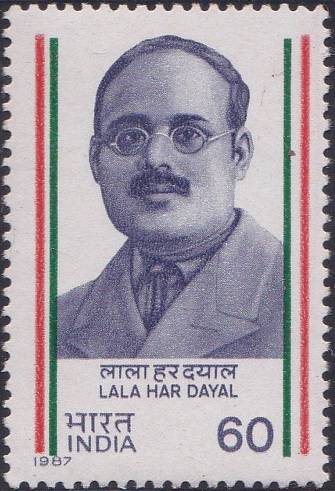
Lala Har Dayal
A commemorative postage stamp on Hardayal, an Indian nationalist revolutionary :

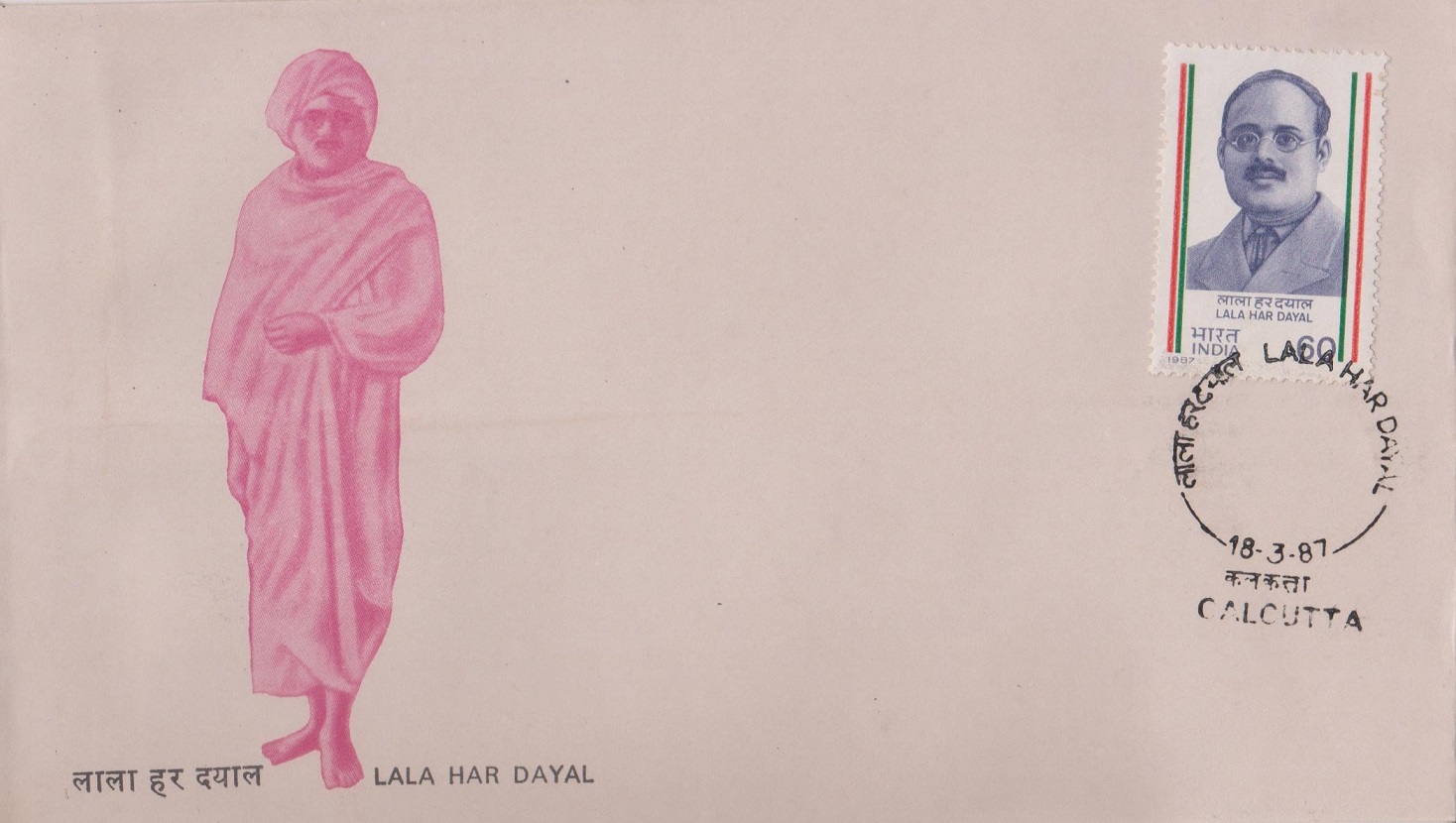 Issued by India
Issued by India
Issued on Mar 18, 1987
Issued for : The Department of Posts feels privileged to issue a commemorative stamp in honour of Lala Har Dayal in the Series, “India‘s Struggle for Freedom“.
Description of Designs : The 60 p multicolor stamp has been designed by India Security Press, Nashik Road. The cancellation has been designed by Mrs. Alka Sharma.
Type : Stamp, Mint Condition
Colour : Multi colour
Denomination : 60 Paise
Overall size : 4.06 x 2.73 cms.
Printing size : 3.71 x 2.38 cms.
Perforation : 13 x 13
Paper : Imported unwatermarked P.G. Matt coated stamp paper
Number printed : 10,00,000
Number per issue sheet : 40
Printing Process : Photogravure
Printed at : India Security Press
Name : Har Dayal Singh
Born on Oct 14, 1884 at Delhi, Punjab, British India
Died on Mar 4, 1939 at Philadelphia, Pennsylvania, United States
About :
- Lala Har Dayal, a well known revolutionary nationalist, founder of the Ghadar Movement and a thinker and scholar, was born on 14th October, 1884 in Delhi. His father Shri Gauri Dayal Mathur was a scholar of Persian and Urdu. His mother was a pious and religious lady.
- First in every examination from the time he entered school, Har Dayal broke past records when he passed the Master’s Degree examination in English Literature from Punjab University. Part of Har Dayal‘s legend is related to his ‘encyclopaedic trend of mind‘ and ‘phenomenal memory‘. His contemporaries at St. Stephen’s College in Delhi such as Sir Tej Bahadur Sapru, and his teachers recalled their amazement at the learning and creative thinking of Har Dayal at that young age. In 1905 he was awarded a state scholarship and he became a Government of India scholar in History and Economics (1905-1907), Sanskrit Scholar (1907) and in History (1907) at Oxford.
- He resigned from his Government scholarship in 1907 and before returning to India he adopted a life style of austerity and renunciation. Coming to India he worked as a political missionary. Soon after he went to Paris and joining with Madam Cama and S.R. Rana, started editing ‘Bande Mataram‘ from September 1909.
- Moving to USA in 1911, he joined the faculty of Stanford University as a lecturer in Philosophy. He founded and edited an Urdu Gurmukhi Weekly ‘Ghadr‘ (Revolt) from 1st November 1913. The radical movement thus started came to be known as Ghadar Movement. Thousands of inspired Ghadar patriots returned to Punjab in India and attempted to launch an armed insurrection against foreign rule during the first year of World War I.
- Har Dayal was meanwhile arrested by the US Government in April 1914 for his alleged anarchist propaganda, but he jumped bail and left that country to join fellow revolutionaries such as Virendranath Chattopadhyaya, M. Barkatullah, Champakraman Pillai and Bhupendranath Dutt of the Indian Independence Committee in Berlin. For ten years after the end of the war he lived in Sweden lecturing on Indian Philosophy, art and literature.
- In 1930 he earned his doctorate on the dissertation “The Bodhisatva Doctrine in Buddhist Sanskrit Literature“, from the school of Oriental and African Studies of the University of London. Two years after the publication of his thesis in 1932, he brought out his most popular work “Hints on Self Culture“. He lectured and wrote profusely on a variety of subjects in India, USA and various countries of Europe. He was equally proficient in Urdu, Sanskrit, English, French, German and Swedish languages. He was known to be a rationalist, an agnostic and an atheist. He died in Philadelphia when his heart stopped on March 4, 1939. Har Dayal wanted to return to his country but the British Government never allowed him the freedom from his exile.


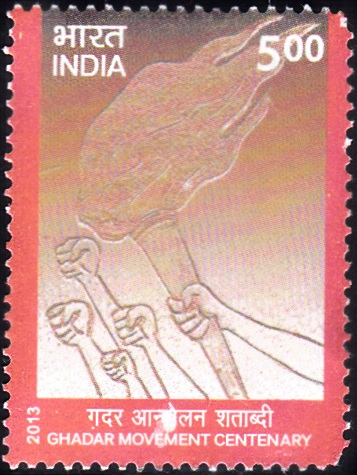
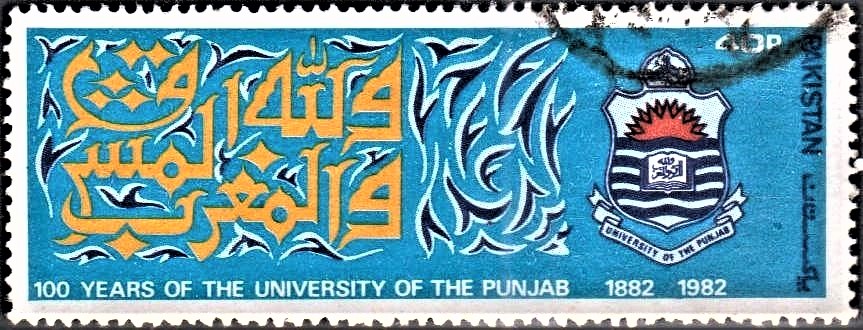
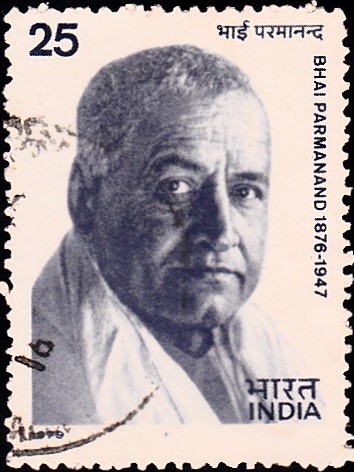

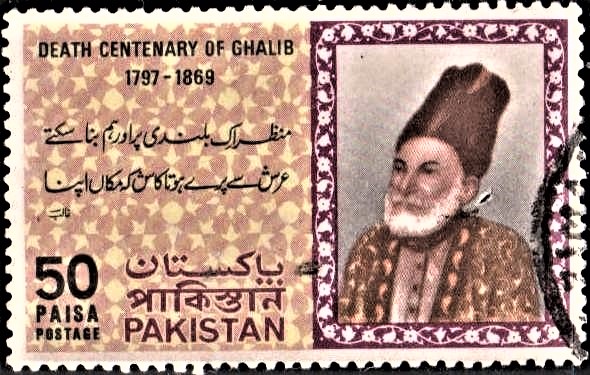
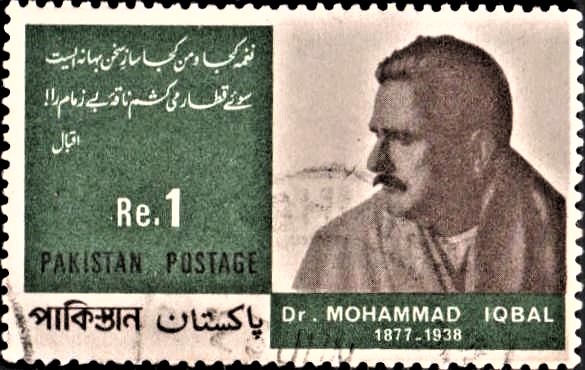
[…] by the British Government and he was prosecuted for the same. He was closely associated with Lala Har Dayal whom be reclaimed from the life of a recluse for active social work. Because of his links with him […]
[…] in London to help Indians visiting England. Vinayak Damodar Savarkar and his brother Ganesh, Lala Hardayal, Biren Chattopadhyaya and V.V.S. Iyer were some of the beneficiaries of ‘India […]
[…] rule in India”. The founding editor of this paper was the reputed intellectual and revolutionary, Lala Hardayal. With Sohan Singh Bhakna as the President, Hardayal was also the first secretary of the Ghadar […]
[…] This is the oldest public library of Delhi, named after the great revolutionary and freedom fighter Lala Hardayal, who was a resident of Old […]